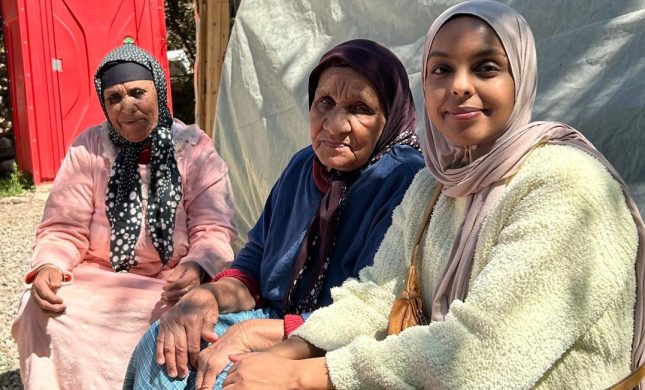World seen missing goal of halving maternal deaths
GENEVA, 14 June: A UN target to halve maternal mortality (mødredødelighed) will be missed unless more women in poor countries get access to safe blood transfusions, the World Health Organisation (WHO) warned on Thursday.
In a statement marking World Blood Donor Day, the UN agency called for more blood donations, better tests of donated blood, and closer monitoring of severe bleeding risks during and after childbirth to save womens lives in the developing world.
Without closer attention to blood transfusion needs, WHO Director-General Margaret Chan said it would be impossible to reduce maternal deaths by half by 2015, as pledged by the United Nations in 2000.
– If current trends continue, the world will fail to meet target 5 of the Millennium Development Goals to reduce maternal mortality. We must do everything we can to improve the chances of women during and after childbirth, Chan noted.
Some 99 percent of the 500.000 women who die in pregnancy, childbirth or immediately after birth each year are in the developing world, the agency said.
Severe bleeding, which accounts for a quarter of such deaths, is often unpredictable and can kill even a healthy woman in two hours if unattended.
“Timely, appropriate and safe blood transfusion during and after labour and delivery can make the difference between life and death for many women and their newborns,” the WHO said.
Pregnant women, one of the main groups of patients requiring transfusions in poorer countries, are highly vulnerable to blood shortages and infections spread through unsafe transfusions.
As many as 28 percent of countries cannot test all donated blood for one or more of HIV, hepatitis B, hepatitis C, and syphillis, according to a WHO study 172 nations worldwide.
Many developing countries lack the staff, test kits and basic laboratory facilities to screen for such diseases, while even the advanced technology used in richer nations cannot always detect recently-acquired infections.
Kilde: The Push Journal















